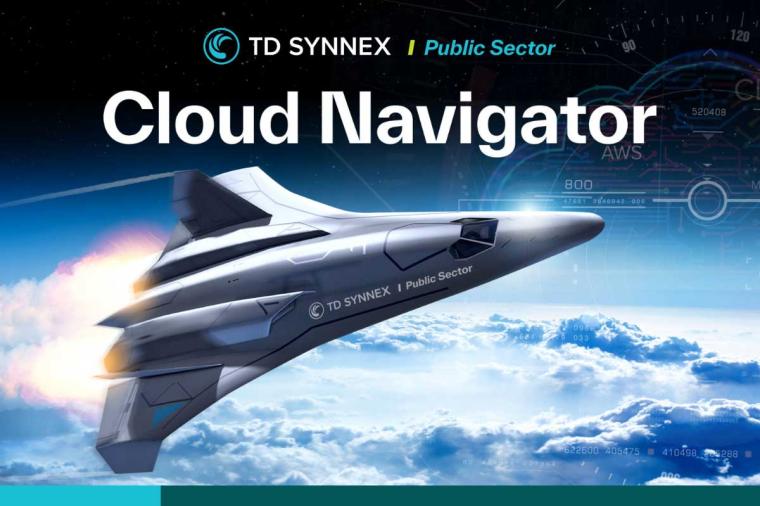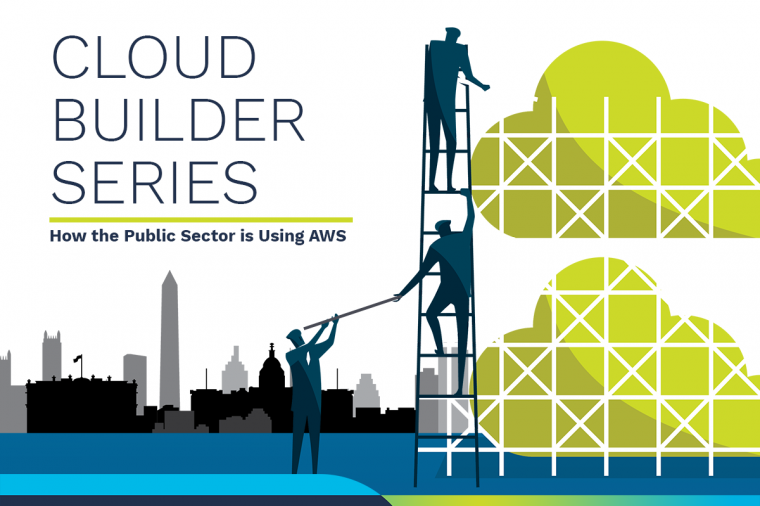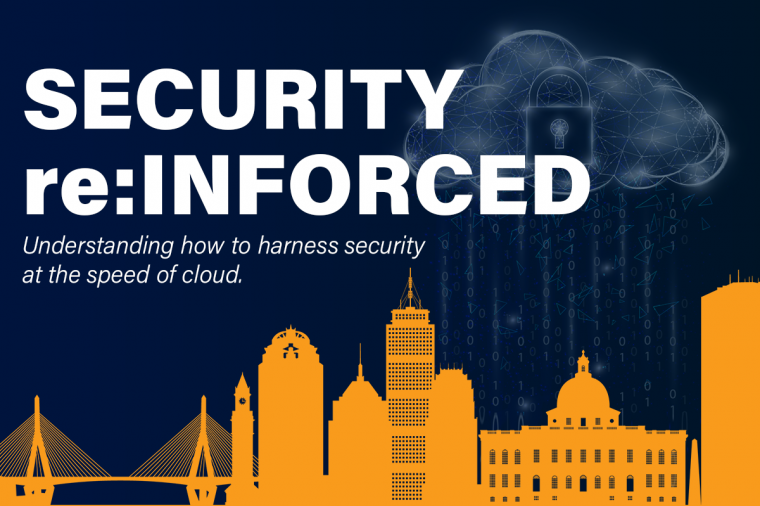Three Things That Make Hybrid Clouds So Great for Agencies

For many federal agencies, the decision to deploy public or private clouds has come down to this: they’re going with both. They’re embracing hybrid clouds.
It’s really no surprise given that federal IT is balancing the need for greater agility, flexibility, and innovation, with strict security control. Hybrid clouds provide the perfect alternative, because they allow agencies to become more nimble and efficient while still maintaining control.
This “on the fence” approach perfectly reflects the world in which we live. In today’s IT, there’s no room for barriers. Things exist in many places; applications, for example, must be stateless, mobile, and easily scalable to accommodate periods of peak demand. Nothing is fixed, so why should an agency’s approach to the cloud be any different?
But hybrid clouds are different. They offer three specific benefits that on-premise or hosted solutions cannot offer by themselves.
Lockdown Security
The hybrid model can help alleviate agencies’ cloud security concerns. With a hybrid approach, agencies can opt to keep extremely sensitive data on-premise in private clouds, while using public clouds to run applications.
That said, some agencies have begun placing contractor-owned and operated cloud offerings directly onto their networks. The contractors are providing physical security and boundary protection based on agency requirements. This helps solve acquisition challenges and allows agencies to more readily adopt innovative new commercial technologies.
Better Disaster Recovery
Hybrid clouds provide a sound security foundation, but even the best security protocols may be compromised at some time. At other times, systems may simply go down due to events that are beyond anyone’s control – power outages, hurricanes, and other phenomena. These situations require disaster recovery programs – and hybrid clouds can play in their implementation.
Traditionally, disaster recovery solutions have been expensive and resource-intensive propositions that existed offsite at a separate location away from the central HQ. They were difficult to manage and monstrous to maintain.
Hybrid clouds make disaster recovery far easier to implement and manage, and far more cost-effective. First, there’s no intensive physical installation, as everything is software-defined. Second, the hybrid cloud “pay-as-you-go” model can be more financially beneficial to organization that may not need or want the burden of paying for traditional disaster recovery services – especially agencies experiencing tight budgetary purse strings.
Greater Efficiency
With big data, processing time can sometimes take weeks, which may as well be a lifetime. Integrating existing on-premise computers with off-site hosted cloud resources can shave that time down to minutes.
Hybrid architectures make this possible. An organization can spin up hundreds of extra processors as necessary, for a specified period of time. This can ensure that applications remain fully accessible and functioning, even during periods of heightened demand. It can also speed up the dissemination of critical information, saving employees precious time.
There are other types of savings that can be had, specifically in terms of space. Data center consolidation has been in full swing since 2010, when the Federal Data Center Consolidation Initiative (FDCCI) was first introduced. A hybrid approach can help agencies in this effort by allowing them to save an enormous amount of space currently dedicated to compute resources that can be virtualized.
There are many benefits to hybrid cloud deployments, but they still have to be monitored closely. Last month, I wrote about the need for network monitoring, and the same rule of thumb can be applied to the cloud. Administrators must monitor their servers and applications – preferably with an agentless tool – that exist within both their on-premise and hosted environments. Because while hybrid clouds do offer the best of both worlds, agencies will want to always make sure the workloads they’re running within those worlds remain fully optimized.
By Joel Dolisy, CIO, SolarWinds
















































